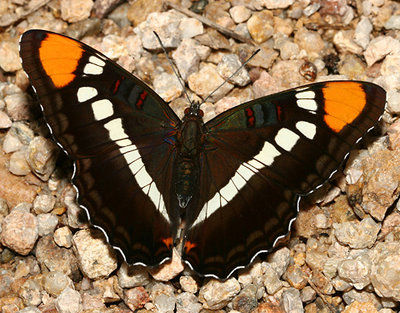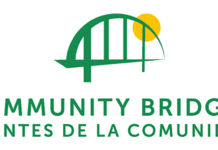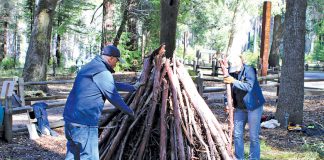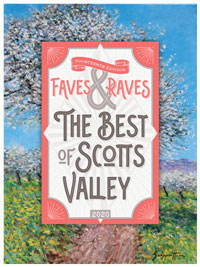
Have you noticed how many butterflies are visiting your garden lately? I see California sisters, common buckeyes and western tiger swallowtails everywhere I look.
We have about 90 species of butterflies in the Monterey Bay area. Many occur only in our mountains, forests and chaparral environments. They are easy to attract and make a permanent feature in your landscape.
Here’s how to lure them in:
Butterflies are less efficient than bees as pollinators, but they have their place in the ecosystem. They do not pick up much pollen on their bodies. Still, they visit a variety of wildflowers and other plants to probe for nectar, adding beauty and color to the garden.
To attract the species of butterflies most common in your area, a butterfly garden should include plants that accommodate all stages of the life cycle — eggs, larvae, pupae and adults. When both adult nectar plants and larval host plants are available, they will attract and support a butterfly population.
Your garden should also have sun, a water source, protection from wind and clusters of plants growing together.
When maintaining your garden, avoid the use of insecticides, including Bacillus thuringiensis (BT), which could harm butterflies.
As adults, most butterflies feed on the nectar of flowers. Some local butterflies, however, such as the mourning cloak and red admiral, feed primarily on rotting fruit or tree sap for moisture and nutrients. The California sister feeds on aphid honeydew.
In the larval stage, most butterfly species are limited to a single plant family — and occasionally a single genus. To attract more western tiger swallowtails, for instance, provide plants such as willow, sycamore, alder, big-leaf maple, plum and ash. Common buckeyes lay their eggs on mimulus and verbena, while California sisters use the coast and canyon live oaks.
Planting a variety of grasses and shrubs, such as ceanothus, buckwheat, coffeeberry, bush lupine and manzanita, will help attract local butterflies, as will perennials like redwood violet, California aster and wallflower.
If your garden is near a wild area that naturally supports the caterpillar stage, you can plant just the nectar plants to attract butterflies to your garden.
Filling your garden with nectar-producing flowers is the fun part. Adult butterflies rely on sugar-rich nectar for their daily fuel. Different species have different preferences for flower color and shape. Many butterflies produce scents that attract the opposite sex, and many of these scents smell like the flowers they are attracted to and visit. The scents of the butterfly-pollinated flowers might have evolved as an adaptation to ensure their survival.
Butterflies typically favor flat, clustered flowers that provide a landing pad, although larger butterflies can feed on penstemon and salvias while hovering. Butterflies have good vision but a weak sense of smell.
Unlike bees, butterflies can see red and are attracted to brightly colored flowers. Pink, red, orange, yellow and purple are the most attractive nectar source colors, but they also are attracted to blues and whites.
Consider the blooming time of each plant. Having plants bloom in the sun for many hours in the day will lengthen your viewing time.
Nectar-rich flowers include yarrow, aster, verbena, scabiosa, buckwheat, toyon, salvia, erysimum, zinnia, lantana and coneflower.
In addition to nectar, butterflies need a source of water and salt. A patch of mud kept wet year-round, or a shallow depression lined with pebbles and kept moist, will work fine. Also, provide some flat rocks where they can bask in the sun in an area protected from the wind by shrubs.
Having your own butterfly garden will enable you to witness close up the wonder of butterflies and the flowers on which they feed.
Jan Nelson, a California certified nursery professional at Plant Works in Ben Lomond, will answer questions about gardening in the Santa Cruz Mountains.
E-mail her at ja******@*ol.com.










